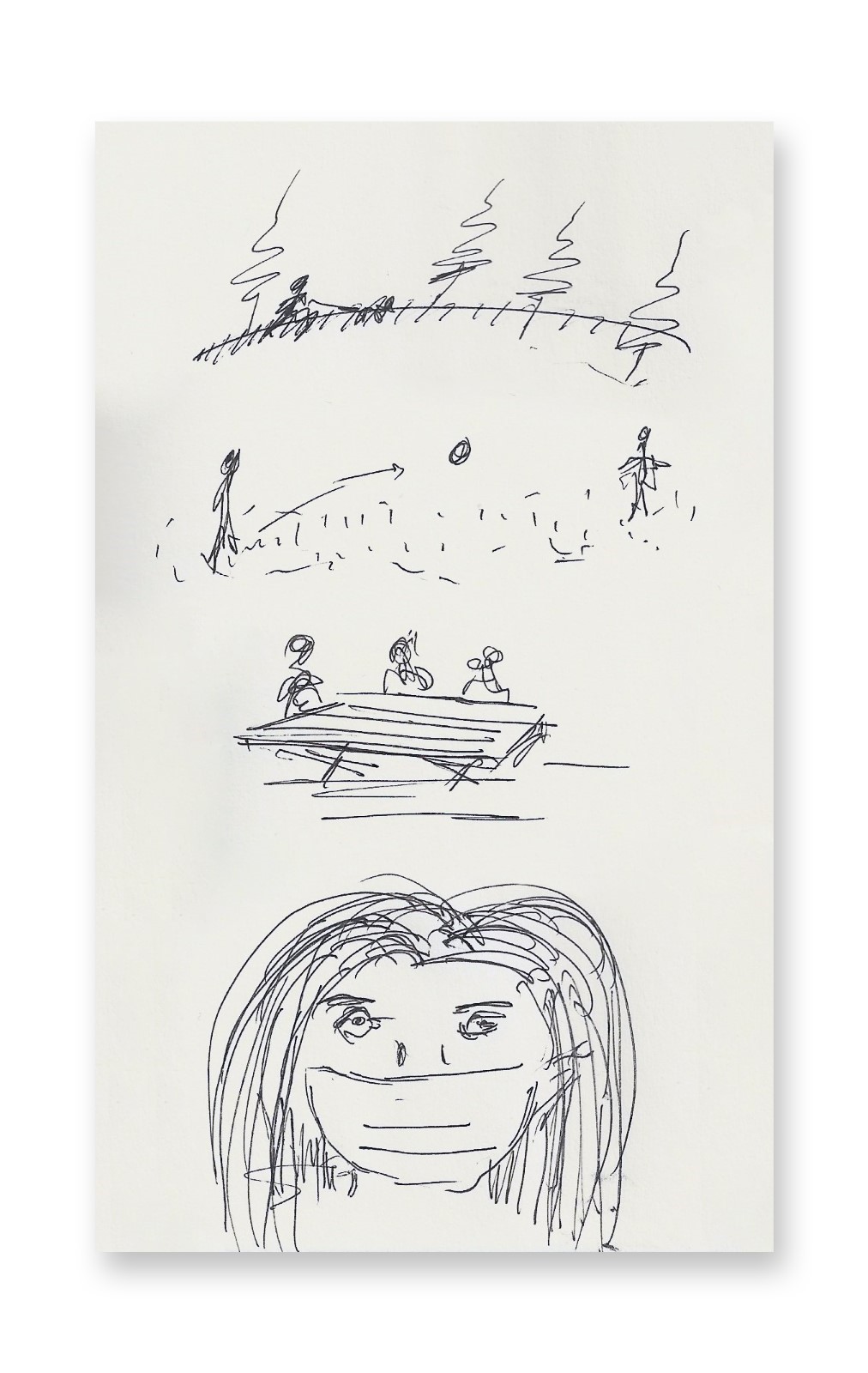Writing Social Isolation in Burgess Park, South London
by George Kalivis
28 April 2021
Originally published in our Old Blog.
Introduction:
Crafting an attentiveness to the unspoken rhythms and textures of life is sociology’s most important gift to understanding cities. It’s noticing those remarkable things that often go unremarked upon and finding ways to record and honour what would otherwise be lost. As cities have emptied during the pandemic and citizens remain confined to their homes that gift is all the more valuable.
This artful challenge of paying attention is not self-evident or automatic. It is a skill that needs to be honed and cultivated. In teaching students how to do social research I often set them listening tasks and attentiveness exercises. I ask them to document in writing what they have seen, heard and felt. It is through writing that a movement of imagination achieved that can bring those remarkable things to life in words. The best field notes are recognisable and vivid in a way that anticipates understanding.
It might seem that socially distanced sociology is a contradiction in terms. However, teaching during the lockdown has revealed how much can be still achieved at a distance. As part of the MSc in Social Research I asked this year’s students to write some fieldnotes about their experiences of the lockdown. Their writing was so good and the insight so sharp that we have decided to serialised them here on Street Signs. What they capture is the enduring social life of cities from the ways in which we talk and stay in touch via screens to the ballet of park life and the choreography of social distancing. I am sure you’ll enjoy them as much as I have.
— Les Back, Professor of Sociology, Director of Centre for Urban and Community Research, Goldsmiths, University of London.
25 November 2020 [15:50–16:20]
Burgess Park, South London
It’s a cold Wednesday afternoon in the park and it’s about to get dark soon. Someone just said that it might rain. People up the hill are taking their dogs for a walk. They seem careful about keeping their distances. Sometimes the dogs of different owners are getting close and smelling each other, however, their owners are quite quickly smiling and pulling them away.
An aeroplane just passed above us and a young woman with long hair, wearing a black cloth face-mask and holding a tote bag turned her head upwards to look at it. Passers-by are being togetherly alone in their walks. Someone just ran on a mud track. There are approximately 20 to 30 people around in a radius of 100 meters or so. Some are in groups. A group of four women is sitting around a picnic table nearby; they just laughed all together. A person close to me is sitting alone talking on the phone. A small group of young men were playing football on the grass a while ago; it seems that only two of them are left kicking the ball around at this point. It’s quite cold, but people are still sitting around, trying to socialise and escape the isolation of their houses as long as there is still light.
There is one thing that we all share out here. It’s the air. Everyone has started thinking more carefully about air these days; being more conscious of how, where and what kind of air to breath in and out of our bodies. Where to cough and how to cover ourselves. We keep a ‘safe’ distance from each other to avoid inhaling the air that someone else had just exhaled.

A crow sitting on the tree next to me just cawed. Its sudden sound felt quite crispy and bold as there is a noisy silence around us — being relatively close but not next to London’s urban soundscapes. This makes me listen more carefully. There is some music playing in a long distance. I turn towards it; three people on rollers are smoking next to a bench. There are not many voices around. Two people are laughing up the hill. This place is full of unexpected contradictions. We are alone together here. The sound of a siren just sounded from the distant urban parts of the city. Only to remind us, maybe, that Covid-19 is still out here ‘just around the corner’. To remind us how we have to keep our distance; even in the park; even if we’re outdoors amongst other humans.
As I was discussing with my friend, Floriane, (who now sits next to me writing their own notes), lockdown might have left us alone, yet not exactly in private. Whenever we enter an online group meeting at home, we might be alone in the physical room, but the potential for sensory privacy in the digital space is very much at stake or might even be lost. In a pandemic, I can no longer whisper privately into another’s ear, as I would have done when together, sharing air under different terms.
One of the football players just laughed, again, and again, and again. Another person just passed next to me wearing a face mask. It’s getting dark and the lights of the city are on. The skyscrapers at the centre of London shine in a distance. Empty buildings.
It’s getting cold and my hand finds it hard to write for much longer.
What a socio-sensory experience (!)
George Kalivis is a PhD candidate in Visual Sociology at Goldsmiths, University of London, with a background in Architecture and Gender Studies. His research aims at the inventive queering of traditional figures as alternative homemaking paradigms in the Greek LGBTQ+ diaspora, through a practice-based ethnographic exploration of the manual as a concept and method.
Connect with George on Facebook and Instagram.
︎ Field sketches by George Kalivis.

